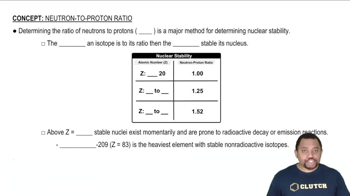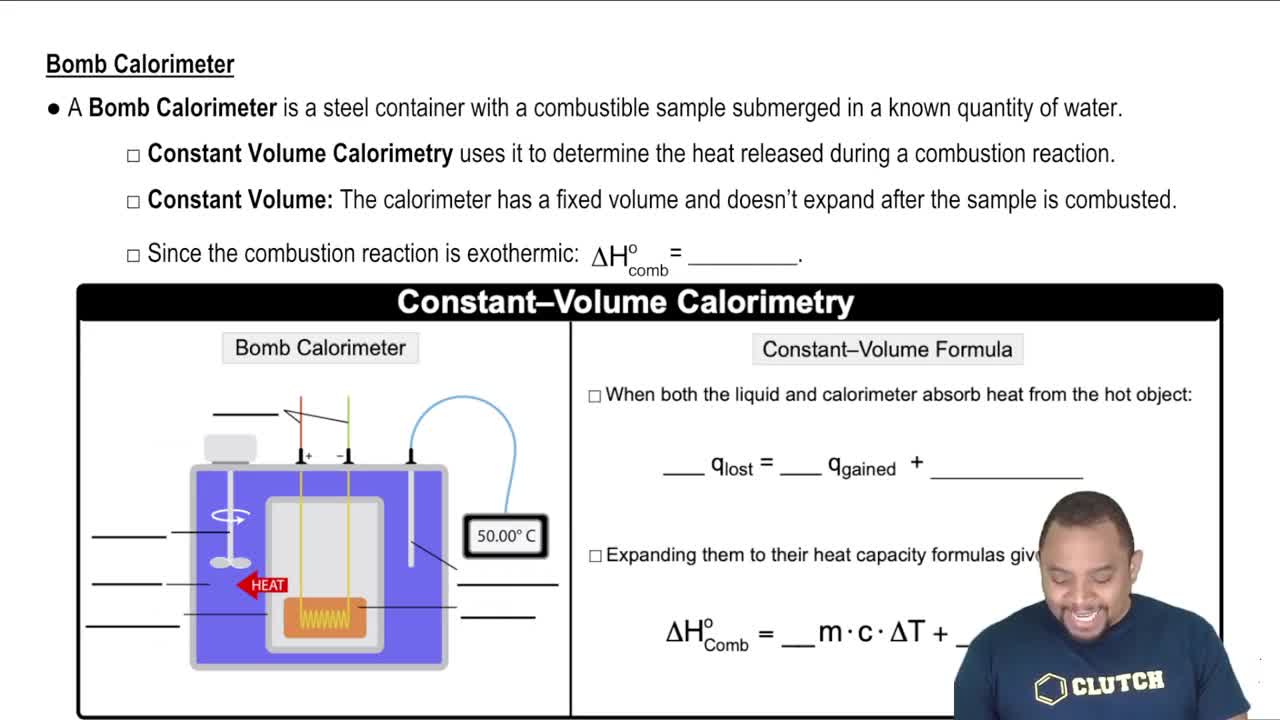Here are the essential concepts you must grasp in order to answer the question correctly.
Density
Density is defined as mass per unit volume, typically expressed in grams per cubic centimeter (g/cm³) in chemistry. It provides a measure of how much matter is contained in a given volume. To calculate density, one can use the formula: density = mass/volume. Understanding this concept is crucial for determining the density of a proton based on its mass and volume.
Recommended video:
Mass of a Proton
The mass of a proton is a fundamental constant in physics and chemistry, approximately 1.67 x 10^-24 grams. This value is essential for calculations involving atomic and molecular masses. In the context of the question, knowing the mass of the proton allows for the calculation of its density when combined with its volume.
Recommended video:
Volume of a Sphere
The volume of a sphere is calculated using the formula V = (4/3)πr³, where r is the radius. In this case, the diameter of the proton is given, so the radius can be determined by dividing the diameter by two. This volume is necessary to find the density of the proton, as it provides the space occupied by the mass of the proton.
Recommended video:
Constant-Volume Calorimetry




